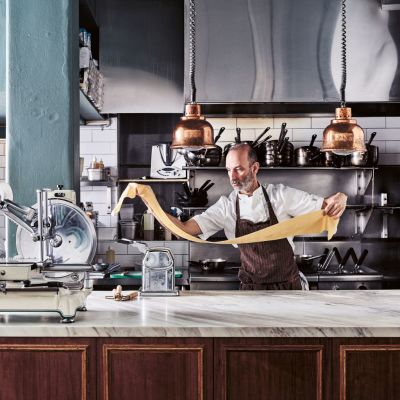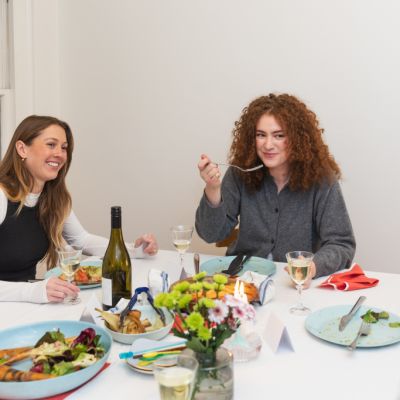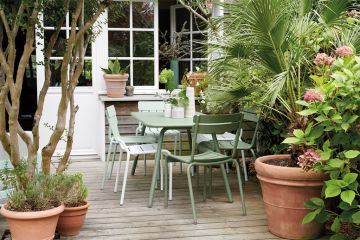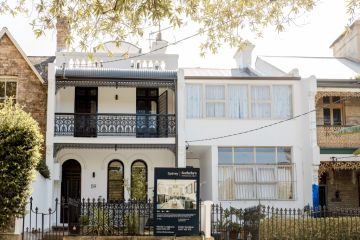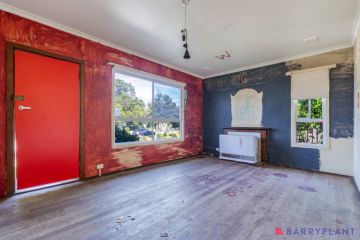How chef Jung Eun Chae runs six-seat Korean restaurant Chae from her Cockatoo home
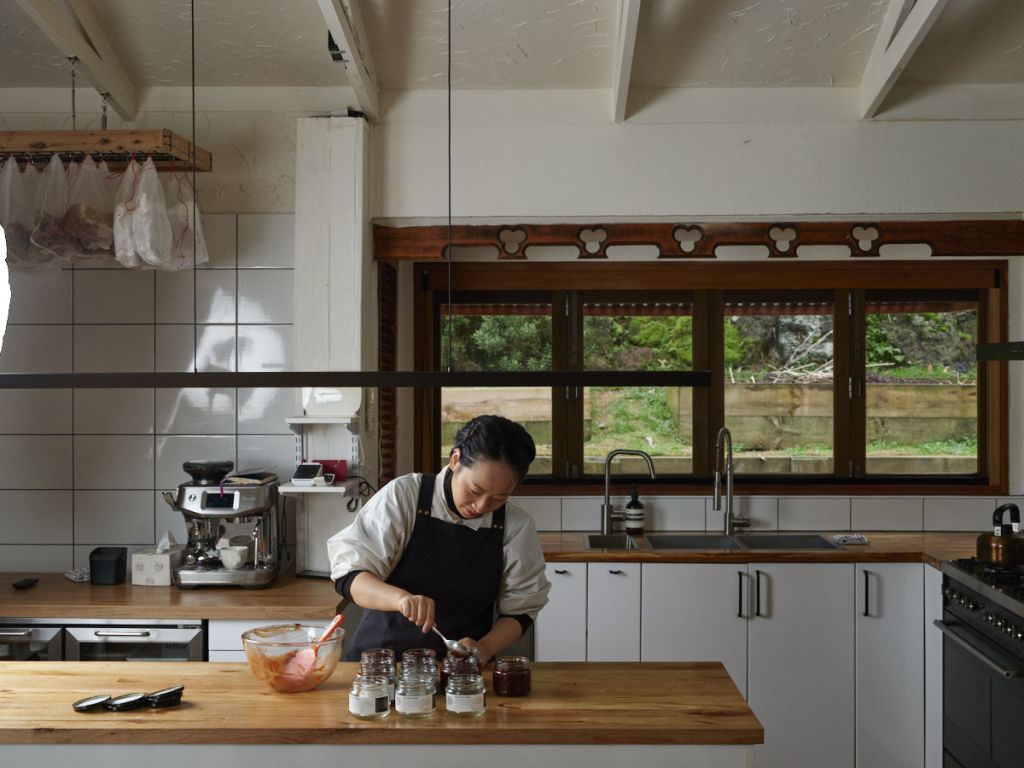
In a time when more of us are talking about boundaries and balance, having a restaurant in your home might be some people’s idea of a nightmare. Not so for Jung Eun Chae, chef and co-owner – along with partner Yoora Yoon – of inimitable six-seat restaurant Chae.
“I like to work a lot, so it’s the perfect space for me – just keep working,” Chae tells Broadsheet from her base in Cockatoo in the Dandenong Ranges. “I don’t need to have work-life balance.”


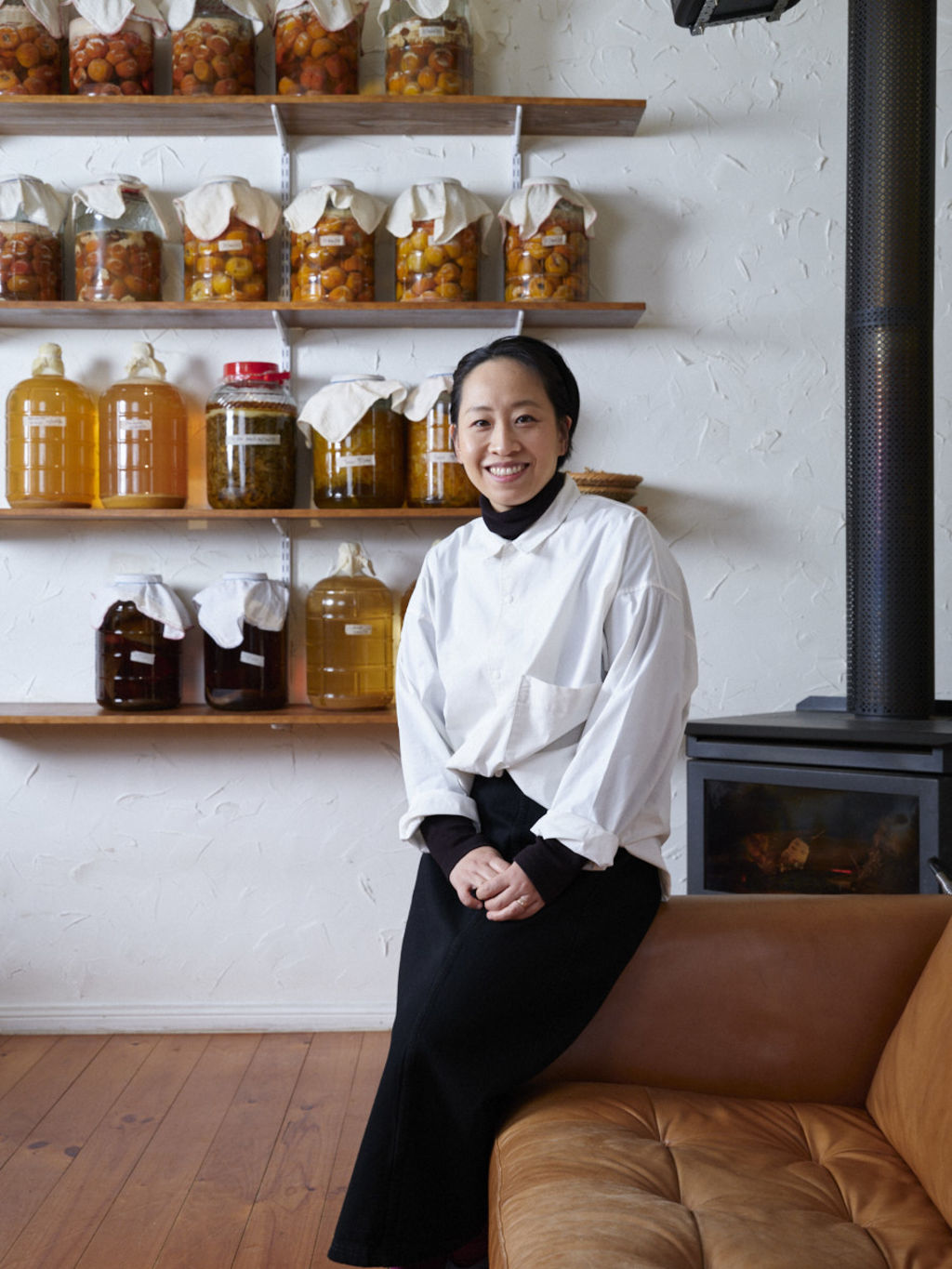
“Last night she spent the evening making kimchi, so that’s work,” Yoon says. “But after that she turned on Netflix and started peeling garlic – that’s her downtime.” (The chef was watching the Korean drama A Shop for Killers, so the scene isn’t quite as bucolic as it seems.)
Chae’s approach to food takes time. Right now, for instance, near the end of the Australian winter is one of the best times to buy ripe, end-of-season fruit for Korean persimmon vinegar gam-sikcho. Making it the traditional way takes 15 months.
First, Chae places soft ripe persimmons in a sterilised glass jar for three months. During that time the fruit breaks down and releases juice, filling the jar with persimmon liquid.
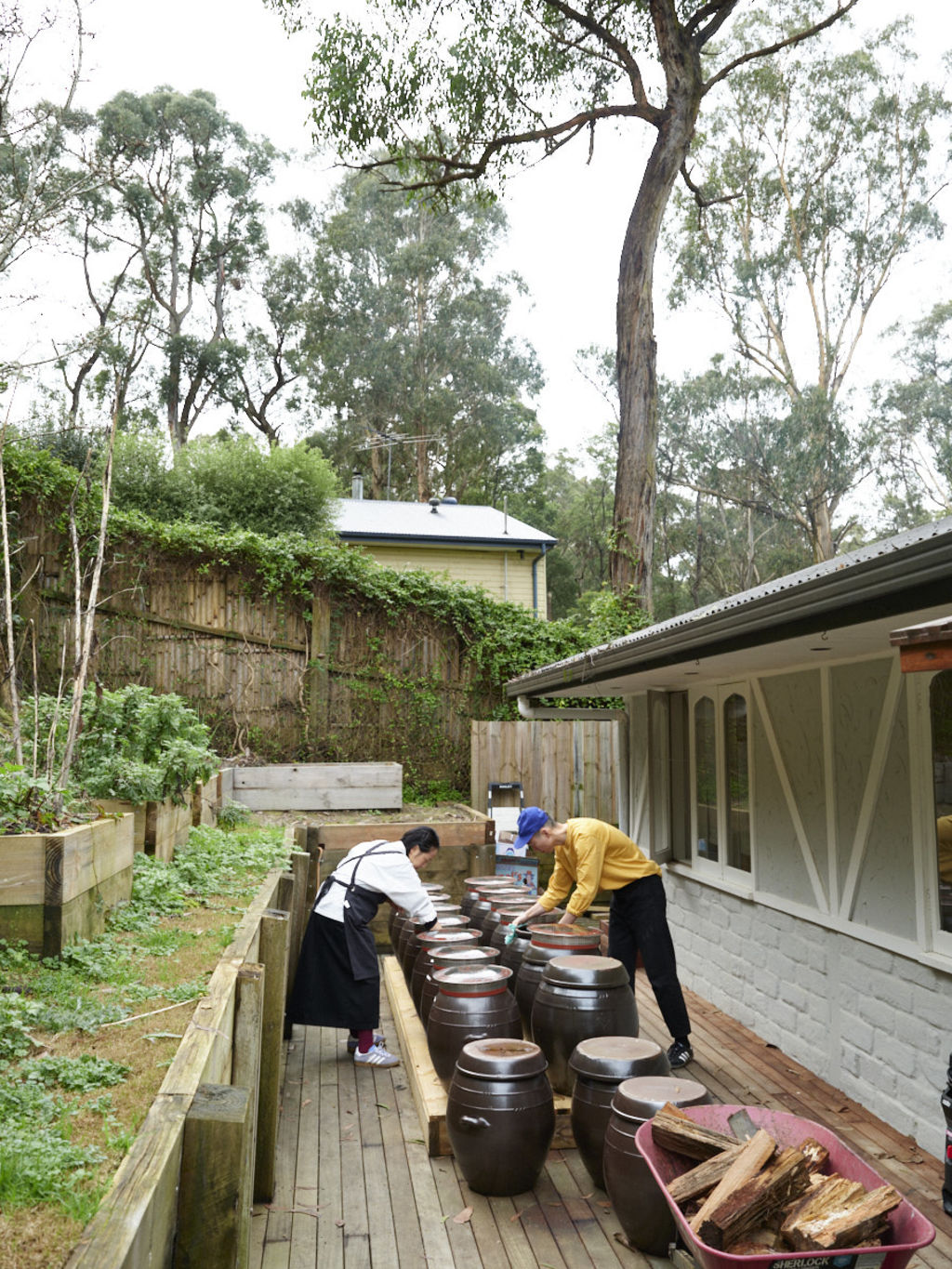
After three months she runs it through a sieve and discards the fruit before collecting the liquid and storing it separately for about a year. Over time, the liquid naturally turns into vinegar.
The jars Chae uses are about the size of a barbeque gas bottle. In her home-slash-restaurant, they’re proudly stored on wooden shelves alongside bottles of nectarine, yuzu, peach and other homemade vinegars – an amber ombre arrangement against white stone walls.
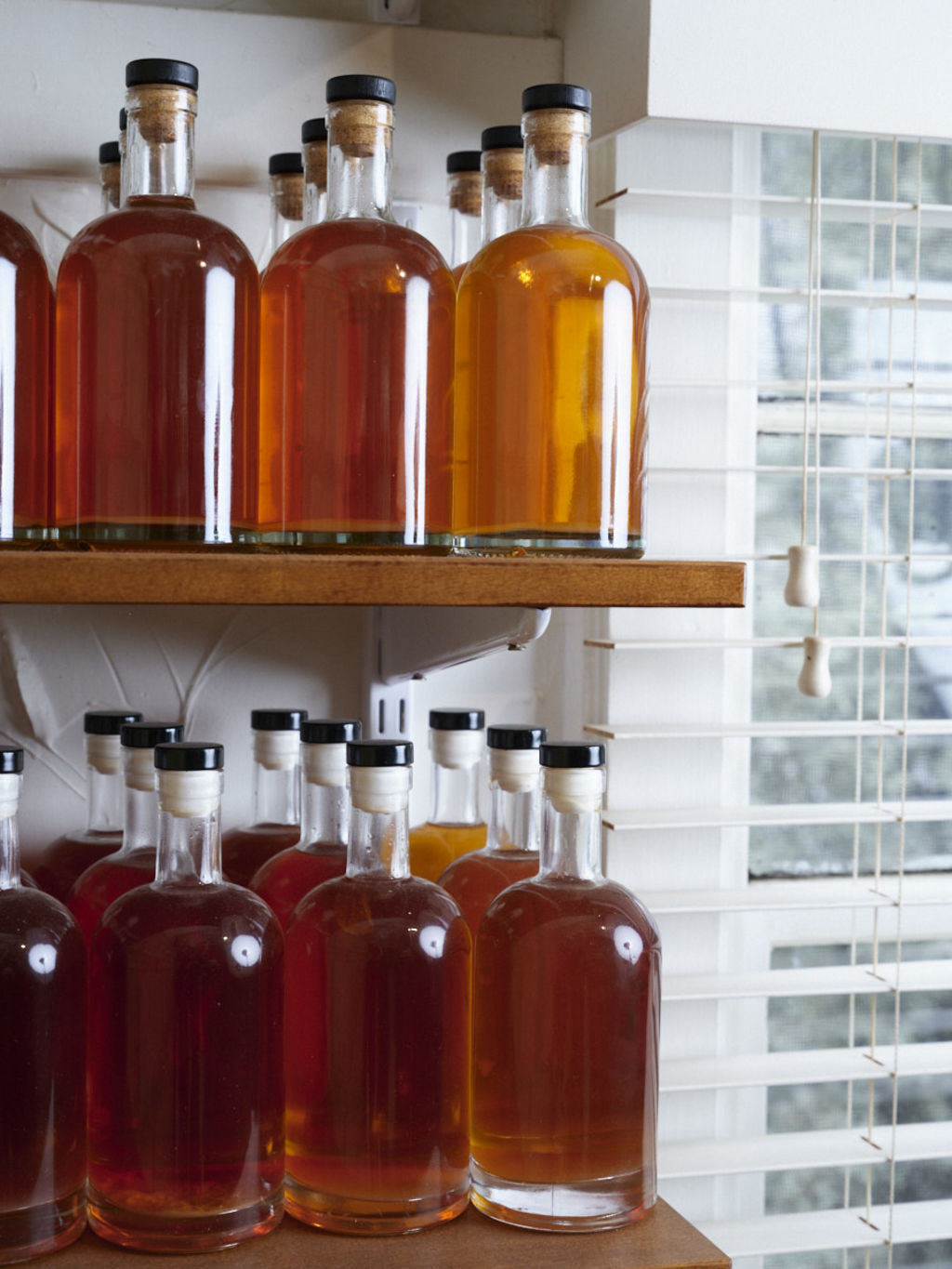
To anyone who might be new to at-home fermenting, Chae says: “Just try many times and get experience. It’s all new, but you can get through.” It’s advice she’s followed herself.
Meju blocks hang from the ceiling in the same room as the vinegar jars. Made from crushed soybeans, they’re hung and left to ferment for around three months. Eventually they’ll be used to make chosun ganjang, a Korean soy sauce, and doenjang, a fermented soybean paste often likened to miso.
In Chae and Yoon’s native South Korea, meju blocks are hung outside during winter. But at their home in regional Victoria, they’ve had to adapt the method to match the environment.
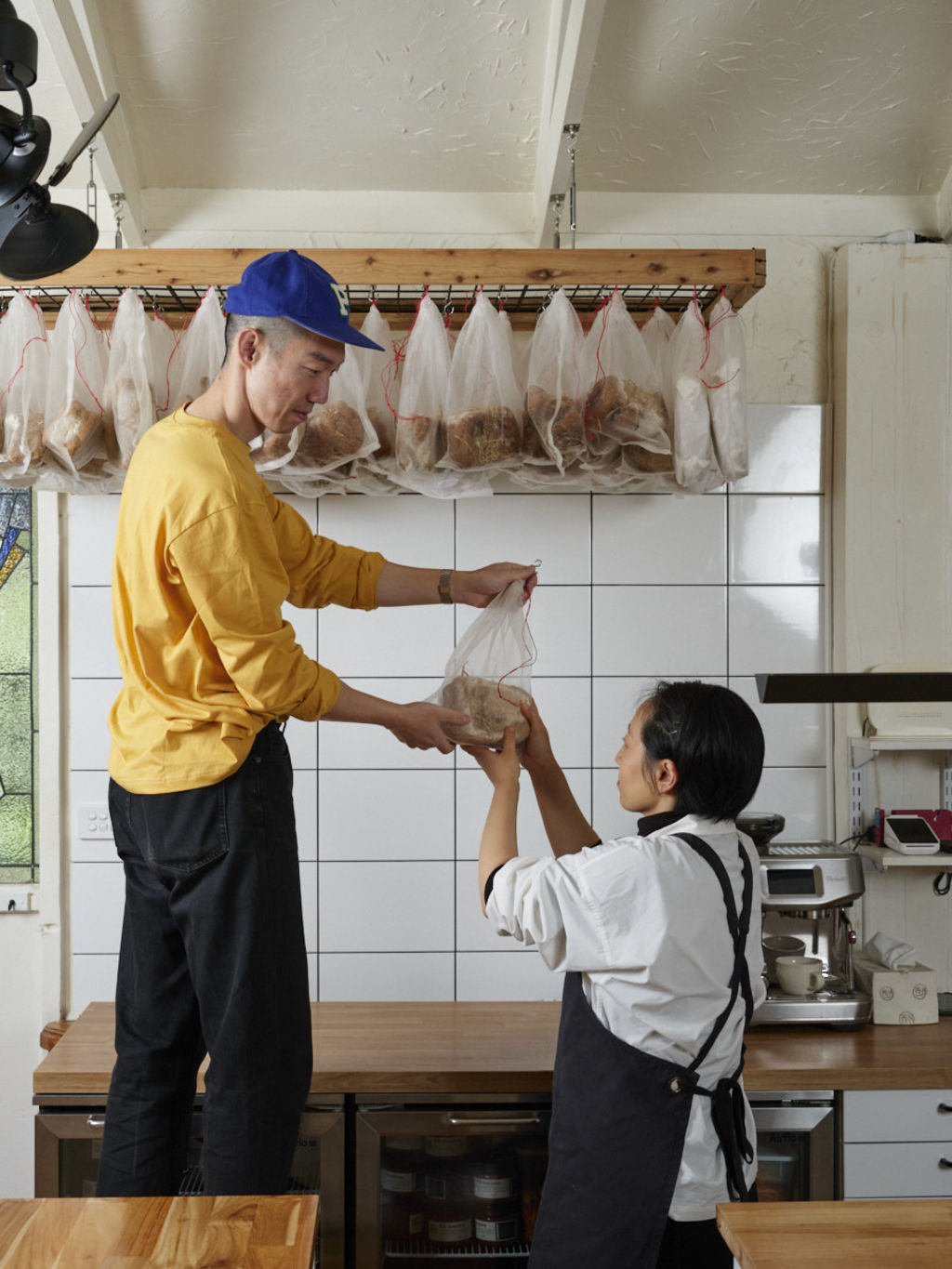
In their first winter in Cockatoo they hung the blocks outside, but the humidity proved to be greater than what they were used to and the blocks grew mould. The second year they brought the blocks inside, but were also unsuccessful.
They’ve now developed a method where they place the meju in a mesh bag with a handful of dried rice straw. The bags are suspended from the ceiling and small fans circulate air around the blocks. Winter is a good time to start the making process; the condiments they work on now will be ready to use in about a year.
“We’re sort of adjusting our traditional methodology to make it work for this foreign environment,” Yoon says. So far, it’s working.
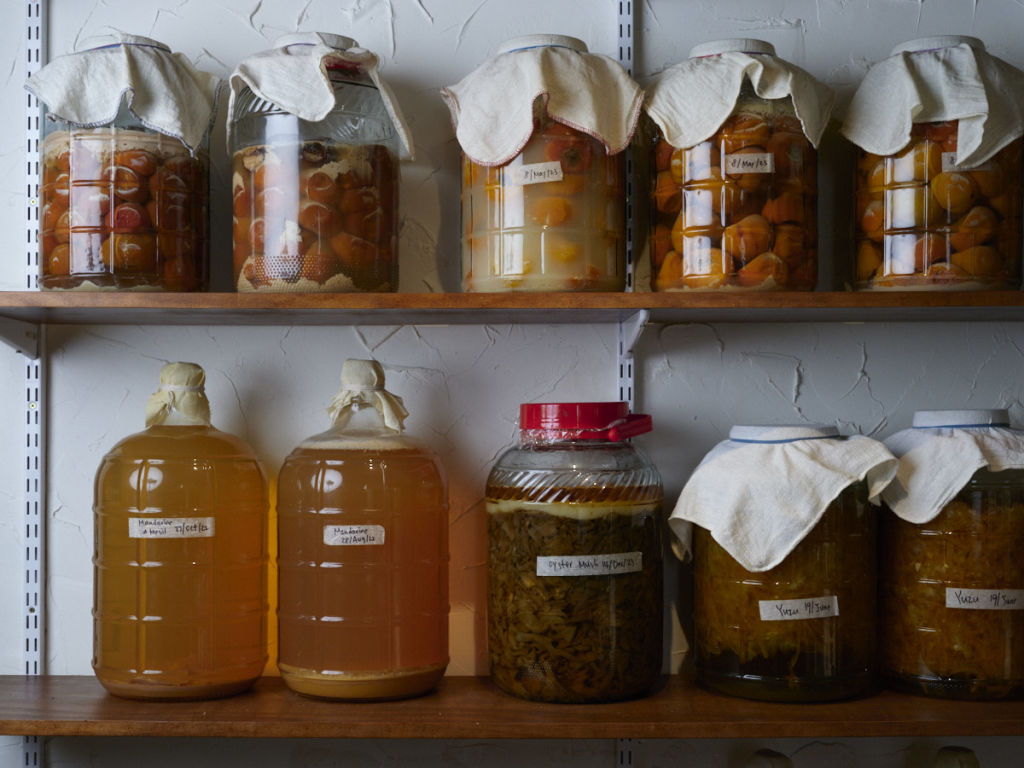
Homemade doenjang and ganjang are just two of the many homemade Korean condiments diners have the joy of trying when eating at the couple’s intimate six-seat home venue.
Chae came to Melbourne as a student. After a stint at Lume, she was working at Andrew McConnell’s Cutler & Co when a motorcycle accident injured her ankle to the point where operating as a chef in a traditional restaurant was no longer feasible.
Feeling “directionless”, Chae happened upon an episode of Netflix’s Chef’s Table, featuring Buddhist nun Jeong Kwan, and found new inspiration. She flew to Kwan’s temple in Korea and worked under her for two months.
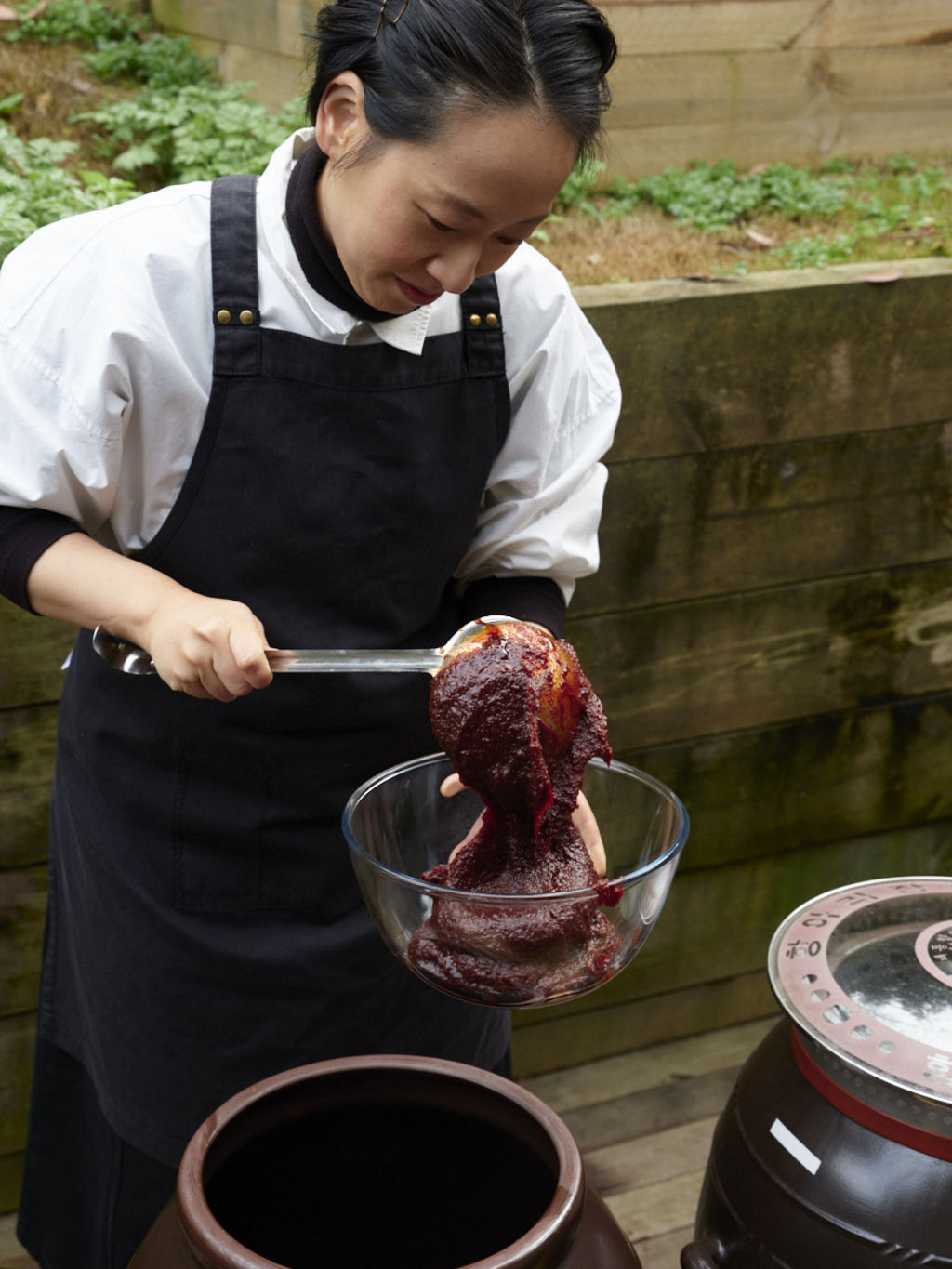
Then she visited her mum to learn more about traditional Korean ferments and condiments – knowledge that formed the basis of her debut cookbook Chae: Korean Slow Food for a Better Life.
Returning to Melbourne in 2019, she opened the first iteration of Chae out of her and Yoon’s one-bedroom Brunswick apartment. The tiny restaurant quickly gained the attention of the food world and their waitlist grew to 10,000 people per month.
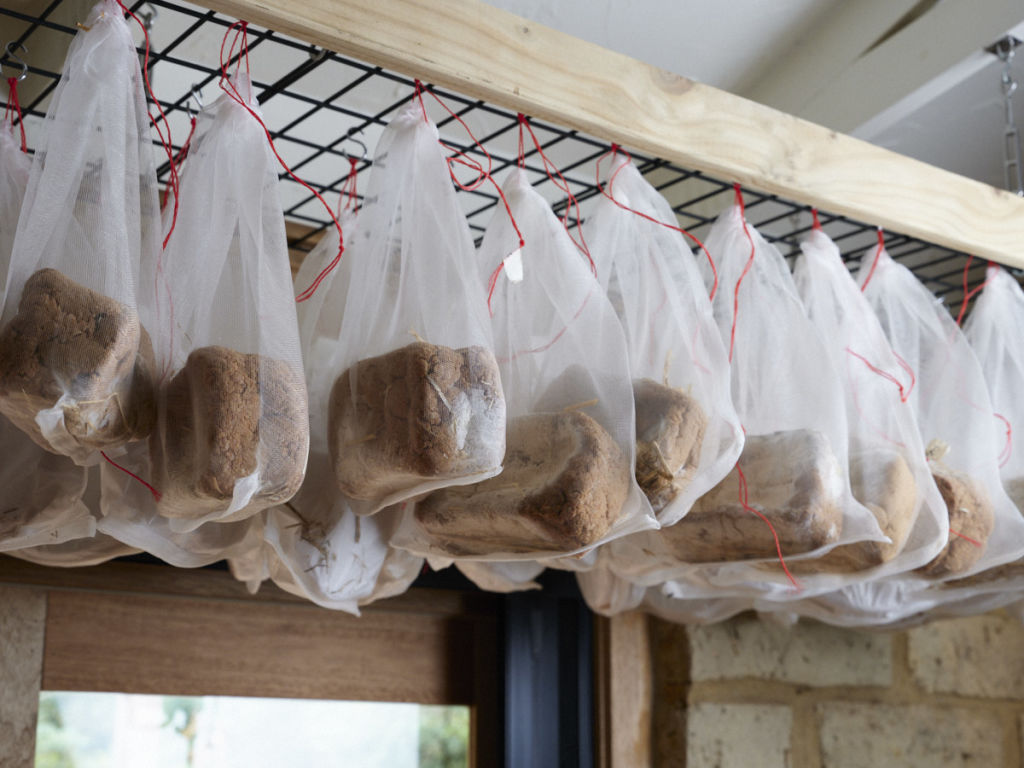
Two years later, the couple relocated their home and restaurant to Cockatoo. Though it’s about a one-hour drive from Melbourne, it remains one of the hardest restaurants to get a seat at in Australia.
Chae does all the prep and cooking for the restaurant herself. Guests sit at a U-shaped table facing the kitchen and watch the chef prepare and serve their meal.
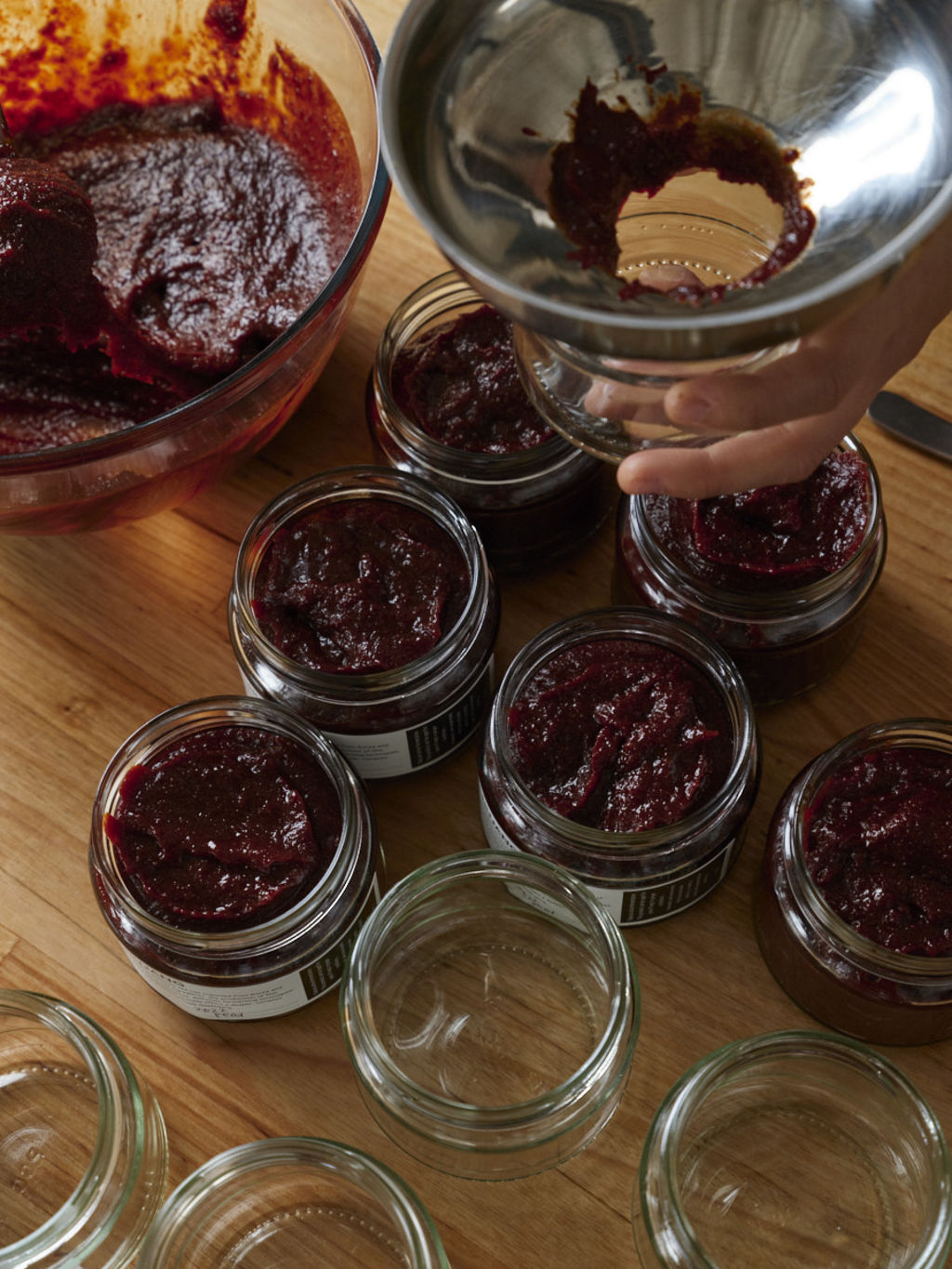
The move to the mountains was primarily born out of a need for more space (Chae’s ferments take up a lot of square footage), but the couple feel the quiet tranquility suits her cooking philosophy.
Chae compares making her own condiments to taking photos. With technology, she says, people have the ability to use presets and apply filters and make adjustments in the moment. That’s what it’s like using store-bought ingredients.
Chae’s process is less immediate, more analogue. She creates her own filter – or personal flavour – through her homemade condiments and ferments.
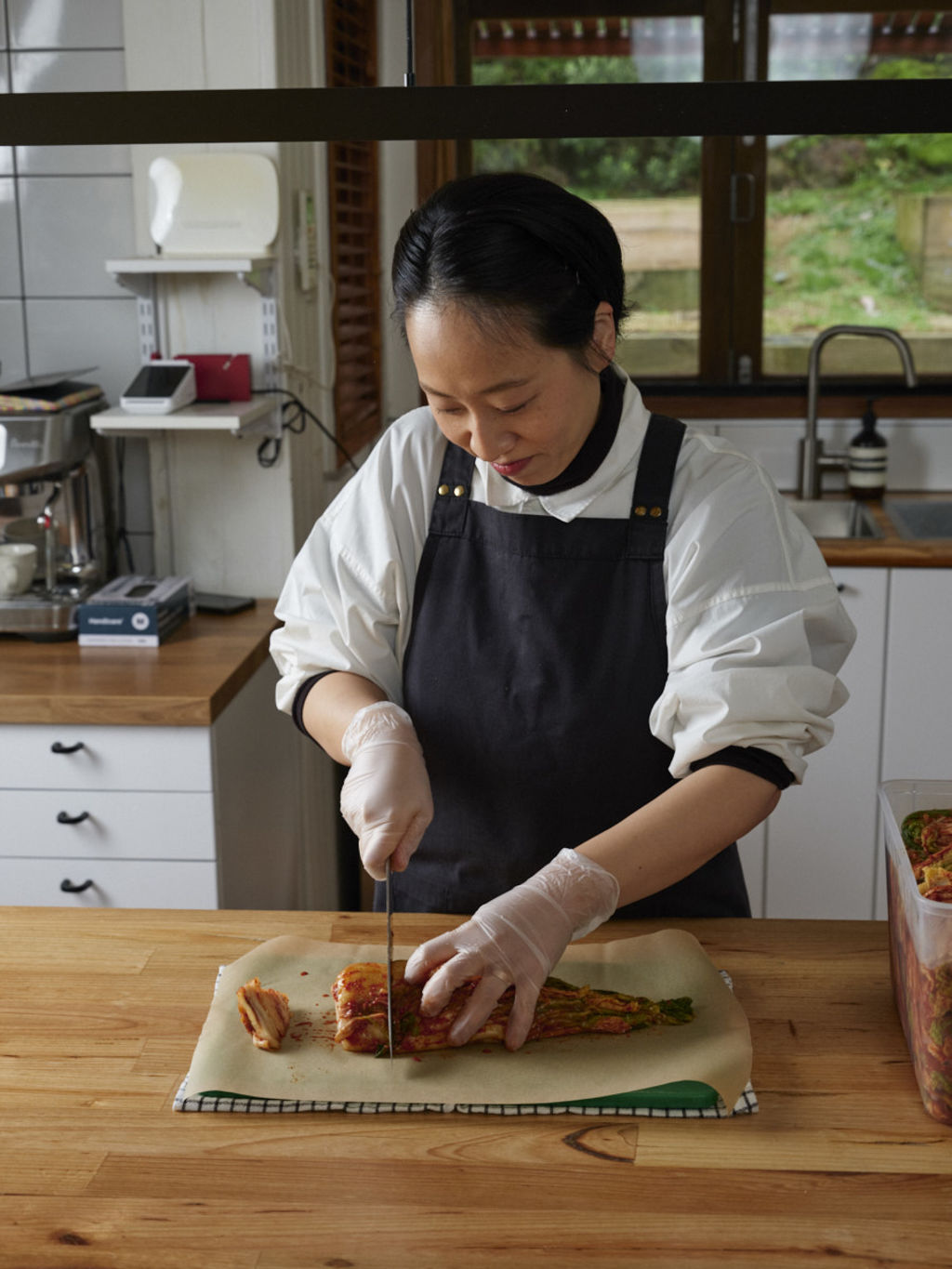
Yoon, who’s been eating Chae’s food for more than 10 years, describes her cooking as “really simple”.
“She doesn’t put a lot of seasoning, but then the seasoning itself requires a lengthy preparation time. Even if it’s a pan-fried squid with a tablespoon of soy sauce and a little bit of vegetable.
“All that takes about five minutes, but the soy sauce that she uses she already started the preparation for it a couple of years ago.”
This article first appeared in Domain Review, in partnership with Broadsheet.
We recommend
We thought you might like
States
Capital Cities
Capital Cities - Rentals
Popular Areas
Allhomes
More

